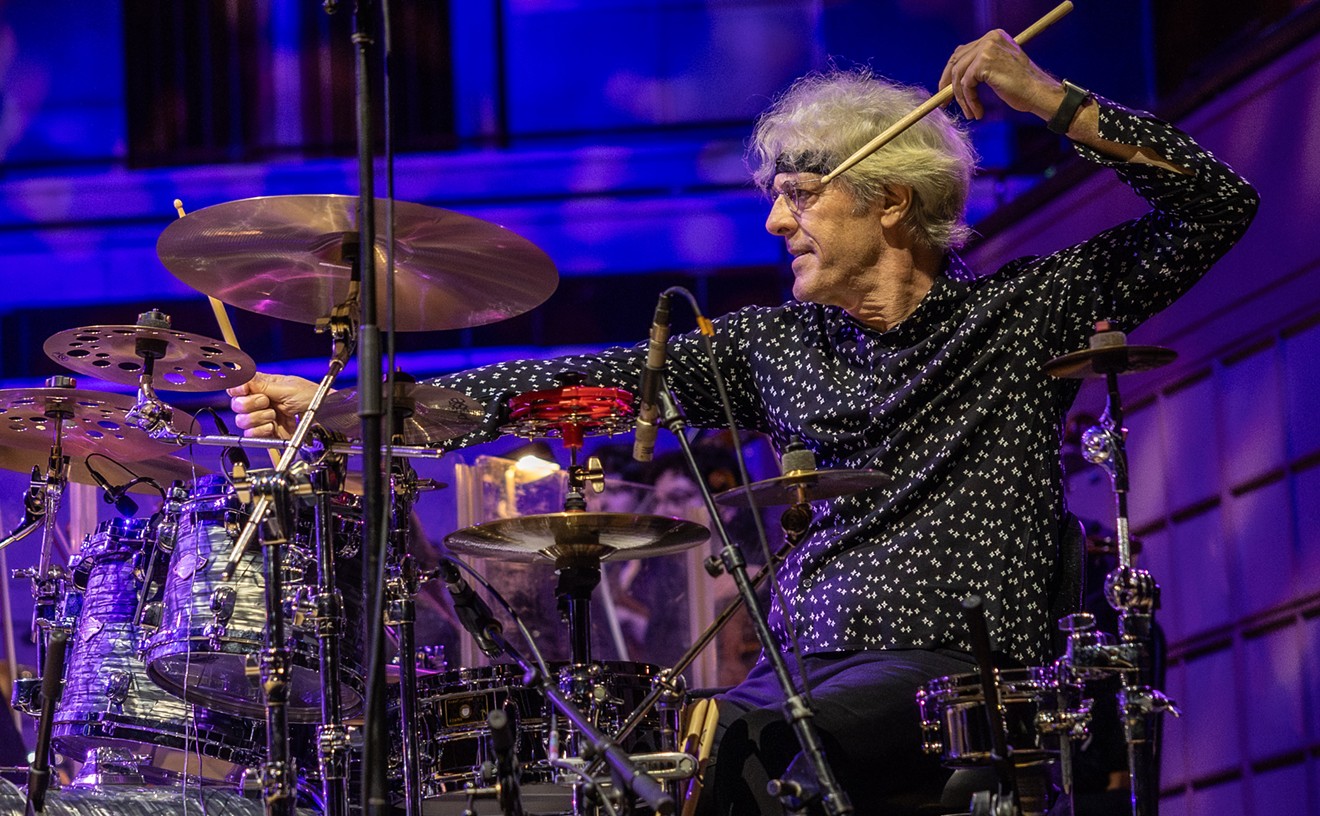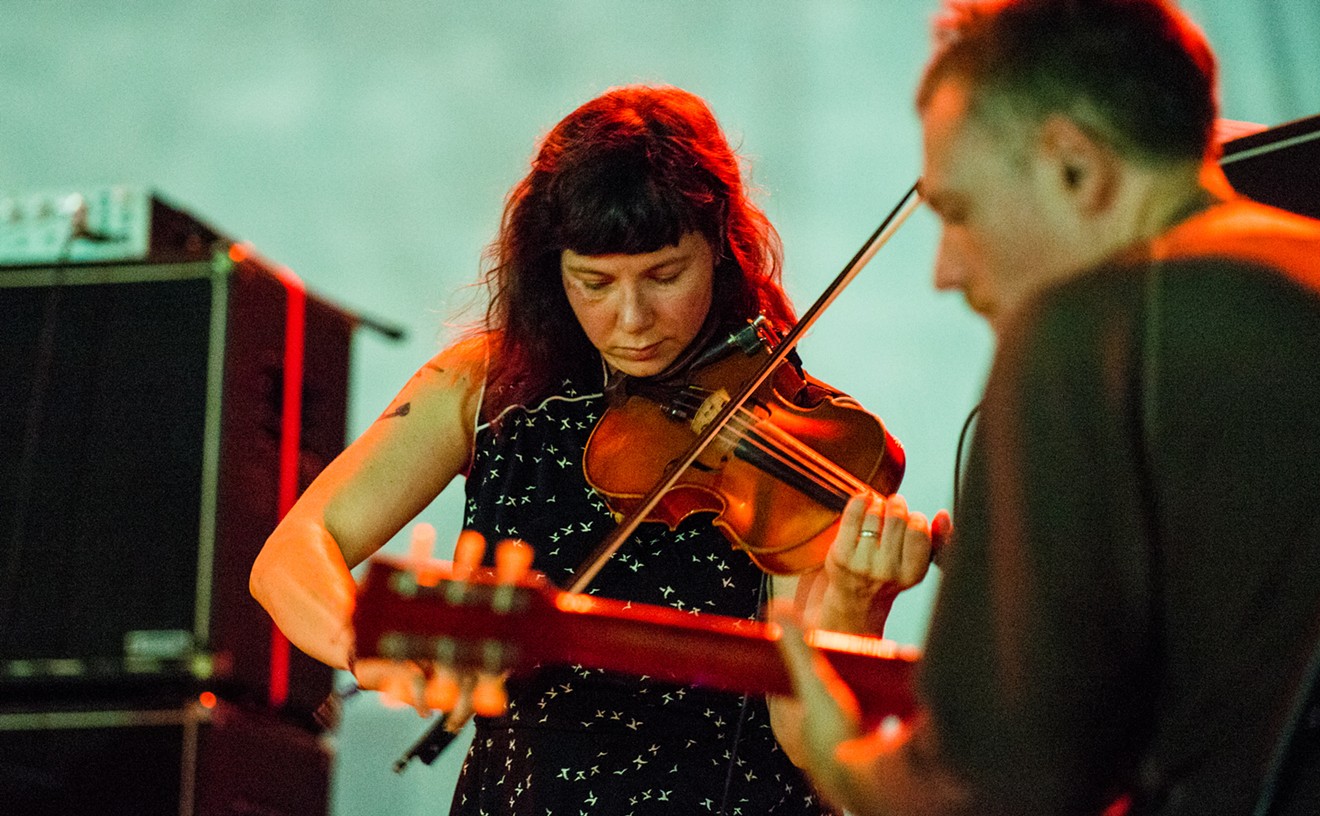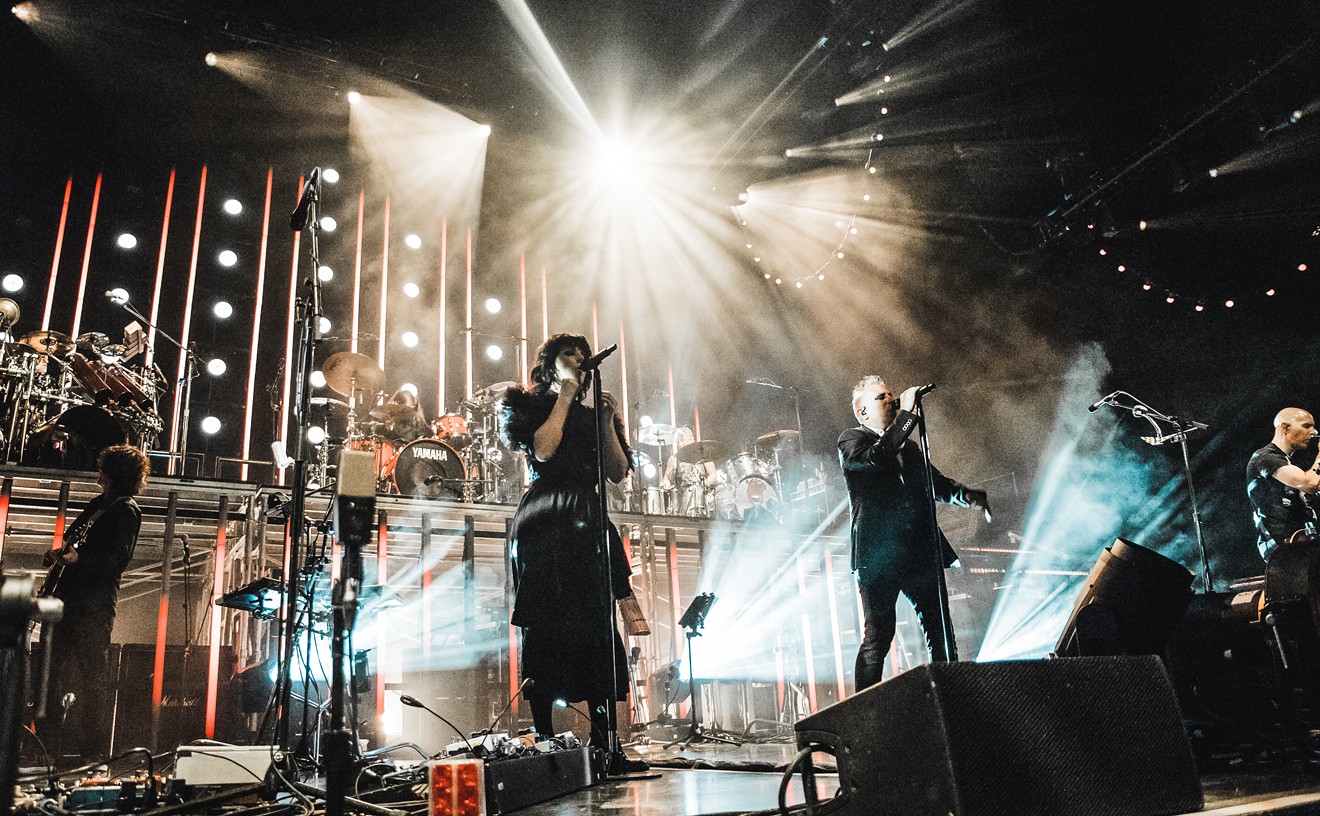We Were Sent For
The Danes
Red Crown Records
My Bloody Valentine's 1991 album Loveless set a new standard for pop, breaking songs into a million pieces and then reassembling them in a different order, creating a warped replica that both embraced and rejected pop's conventions. Unfortunately, Loveless led countless bands--Denton's lousiest with them--to believe that a handful of ideas and a rackful of effects pedals could be enough on which to get by. On the surface, the Danes seem to be another one of those bands, a quartet of shoegazers trying to fill the gap that was left when Kevin Shields and company disappeared into a studio more than half a decade ago. And at times, We Were Sent For--the band's debut album--definitely recalls the pedal-pushing guitar tantrums and moody atmospherics that made Loveless such an amazing album. But the similarities end there; at its core, We Were Sent For is a pop record, full of affecting melodies that cut like a searchlight through the dense fog that surrounds them. The Danes never completely lose a song; they just misplace it.
Still, sometimes it seems like the band is so caught up in laying on the studio tricks that it loses sight of its strengths, elevating sounds over songs. One of the best things about the Danes is singer-guitarist Brandon Carr's voice, appealing because of his passion if not his ability. He has an endearing habit of stretching words to the point where they become almost unrecognizable. (On "Witherspoon," the word "cut" becomes cah-ha-uh-ut.) But the band obscures Carr's voice with so many echo effects, he might as well have recorded his vocals in the Grand Canyon. It works once in a while, like on "Tired," when his trembling vocals are partnered with Buck Jones bassist Gabrielle Douglas' breathy whisper, creating a spooky, detached sound that is in perfect sync with the languid mood of the song. Most of the time, though, it just sounds pretentious.
However, that is the only serious misstep on the album. Not all of the songs are great, but occasionally they are amazing, especially when the band lets the songs and the sounds work together. "McKenzie" has a woozy guitar line that always sounds as though it's screeching to a stop, while on "Central," the guitars dip in and out, producing a dizzying effect. The instrumental "Stansbury" starts off like a quiet, Bedhead-like piece, until a second guitar line suddenly doubles up on the melody, building the song to stunning climax before splitting off again. But the best song on the album is "The First Band in Space," a gem of a song that consists of a piano, acoustic guitar, and Carr's cracking voice. It's a glimpse of what could be, forsaking most of the effects and random bits of noise in favor of an actual song. Songs like "The First Band in Space" prove the Danes are a pop band at heart. If only they believed it.
--Zac Crain










